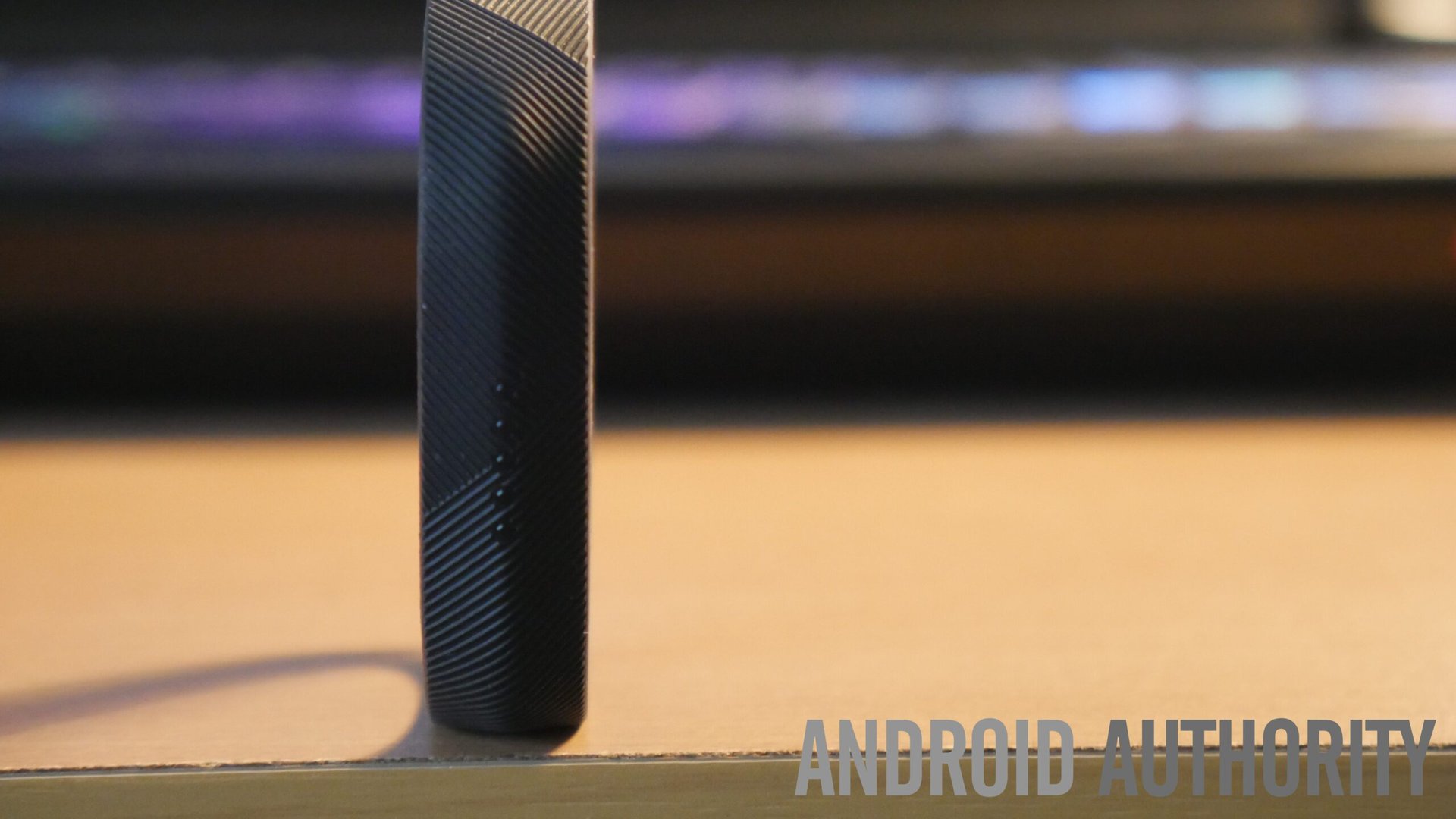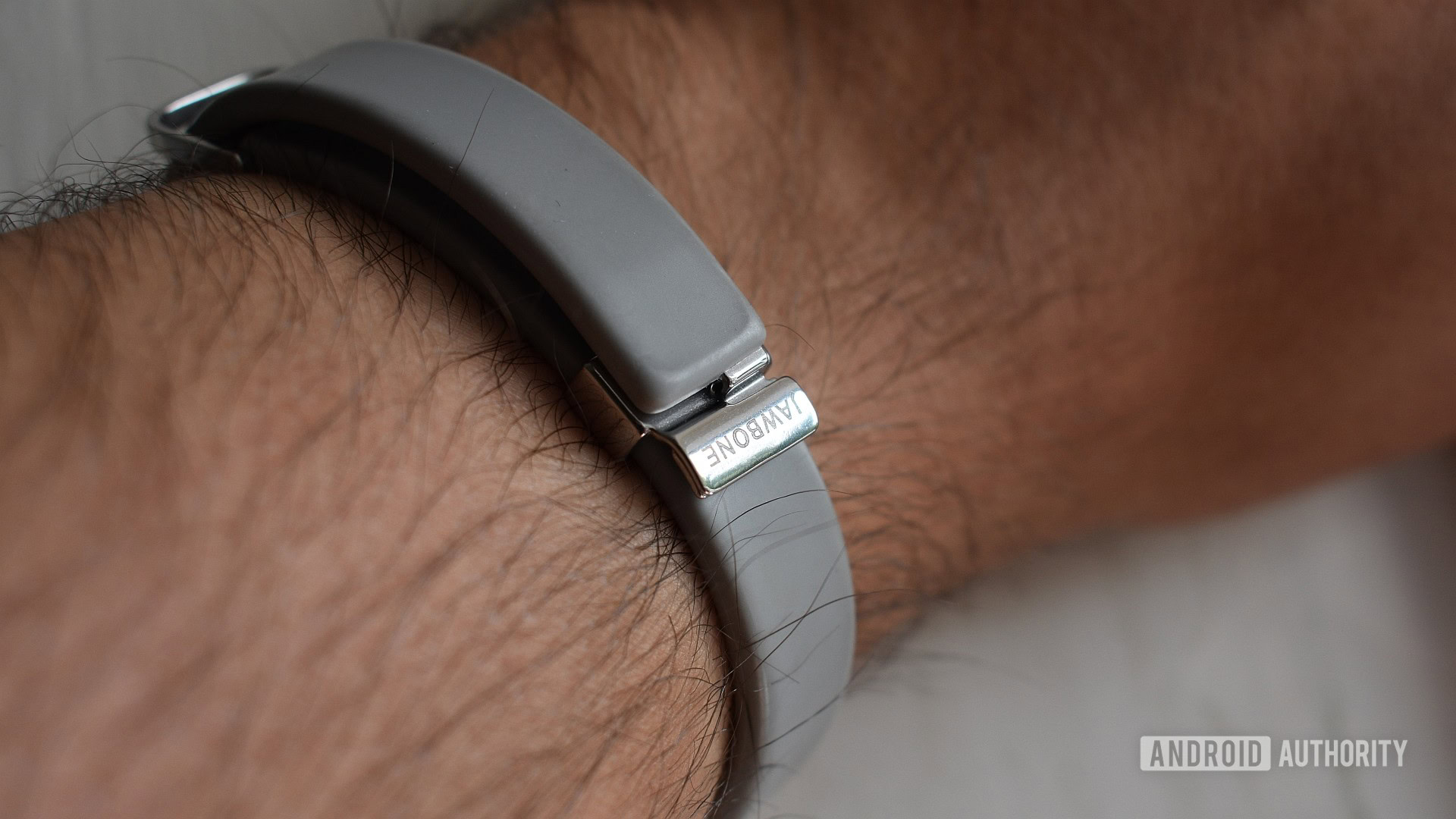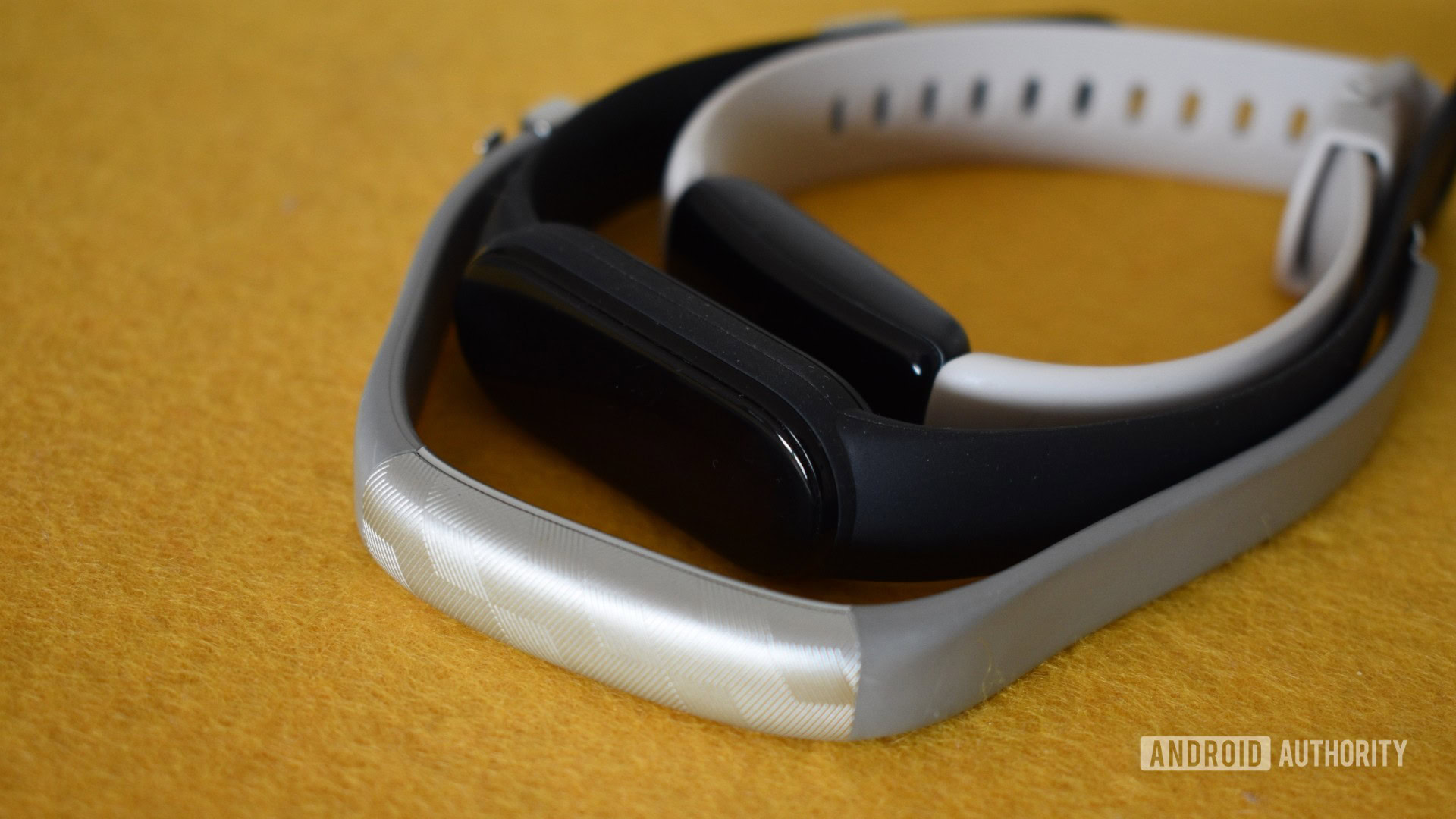Affiliate links on Android Authority may earn us a commission. Learn more.
Irrational or not, I still long for a screenless Fitbit

Remember Jawbone? One of my first wearables was the UP2, a fashionable bangle-like fitness tracker that provided basic sleep tracking. I fell in love with its slim, unassuming form factor. A screenless health monitor that I could wear alongside my analog watch? It was the dream! But when the flailing company folded and killed off its app, I upgraded to a Fitbit Flex 2. I wore it until the rubberized coating bubbled and boiled. Eventually, I tossed the torn-up device, but I never forgot about it.
Things have changed drastically since then. The wearable landscape has transitioned to larger displays, and screenless fitness trackers are no longer as popular as they once were. Despite these developments, I wonder how great a screenless tracker with modern hardware could be. A Fitbit Flex 3, if you will. It might be a case of irrational nostalgia, but I dearly want Google and Fitbit to grant me my wish.
But, if you give the concept some thought, it might also be the inspired play Fitbit needs to keep its brand relevant versus the rise of the Pixel Watch.
Do you want a modern screenless tracker like a Fitbit Flex 3?
New is new again

In the early 2010s, bangle-like fitness trackers ruled the wearables market. Fitbit kicked off mass appeal with the original Flex in 2013. Jawbone, Misfit, and even Sony all once produced a device in this category, but the Fitbit Flex 2 was arguably the most successful of the lot. Launched in 2017, the water-resistant wearable finally made swim tracking an accessible reality. It also offered sleep and activity monitoring and automatic workout tracking (even the Pixel Watch doesn’t have this feature yet).
Despite my appreciation of this device, there was plenty to dislike. It lacked the refinement we’ve come to expect from modern wearables. Apps weren’t informative or user-friendly, while battery life and build quality left plenty to be desired. As the demand for features grew, Fitbit killed off the Flex to make way for the Inspire and Charge series (the Inspire 3 and Charge 5 being the most recent). Large, punchy displays are now mainstays on fitness trackers from all major firms.
Even though its new devices resemble smartwatches, Fitbit is once again a fitness tracker company. It should embrace that
With the launch of the Pixel Watch this year, Google confirmed its future lies with large-screen Wear OS-powered smartwatches. The Pixel Watch is now the premier Fitbit, relegating the feature-stripped Sense 2 and Versa 4 into the glorified fitness tracker league. Even though these devices resemble smartwatches, Fitbit is once again a fitness tracker company.
More reading: Google and Fitbit are denying us the super-watch we all want
The cons aren’t cons at all
For Fitbit, this is a chance to revive its roots and concentrate its efforts on a genre it helped popularize. The Fitbit Flex 2 was great because of its simplicity, and the apparent cons of this concept are no longer glaring issues.
A fitness tracker without a screen isn’t hamstrung by what it lacks. Its perceived weakness is a strength. Screens breed distraction. I use a Fitbit Sense 2 and obsessively check my health stats as they tick over, but I do appreciate its array of sensors. These sensors help push me towards my goals, not the display.
A fitness tracker's value lies in long-term stat tracking, not obsessing over momentarily displayed info
Early devices relied on screens to showcase this info, but apps are now fully ready to play this role. They’ve improved in leaps and bounds since the Flex 2 days. The Fitbit app used to be a laggy mess, with constant syncing issues and a lack of analysis and guidance. It’s now a mature experience that enhances the fitness tracker’s abilities. Solely relying on apps allows companies to present fitness and health information better, making tiny improvements and significant gains more rewarding and understandable with context. Overall, this makes for a deeper appreciation of your wellness journey.
There are plenty of other pros, too. From improved packaging technology that would allow even better hardware in a compact, screenless bangle to lower manufacturing costs due to the lack of a screen and necessary components, screenless trackers have their place in the modern world. Without the need to drive a power-hungry AMOLED screen, battery life could see a sizeable bump too. An unassuming, simple device could appeal to a broader market, from choosy fashionistas to technophobes.
A gap in the market

Of course, it will take a lot to convince users that screenless fitness trackers have a place in the market. Some companies could argue that fitness trackers in their current form are successful as they are. Why change up the formula? The Xiaomi Mi Band series offers everything you could want in a compact, affordable fitness tracker. It’s remarkably versatile and provides great value for money with its sub-$50 price. However, Xiaomi’s trackers have their own list of problems, the most glaring of which is the confusing app situation.
The real value of a display-free fitness tracker is its compact, unassuming form factor
But equating the screenless fitness tracker concept with current devices misses the point entirely. The real value of a display-free fitness tracker is its compact, unassuming form factor. A device that sits on your wrist comfortably and out of the way, quietly keeps tabs on your health, goes ages without recharging, and sends insightful data back to a powerful app is a meaningful experience that very few other companies offer. WHOOP is spearheading the category, but at an exorbitant monthly subscription fee.
With Google clarifying and cementing its place in the wearables world, Fitbit must do the same. A screenless fitness tracker would give its brand something relatively unique in the market. Google would also gain a device in an underexplored niche with an upgrade path to its own smartwatch series.
Of course, any company could realistically play in this segment. I’d welcome a discreet screenless Garmin tracker in a heartbeat. But a Fitbit Flex 3 is the device I crave.